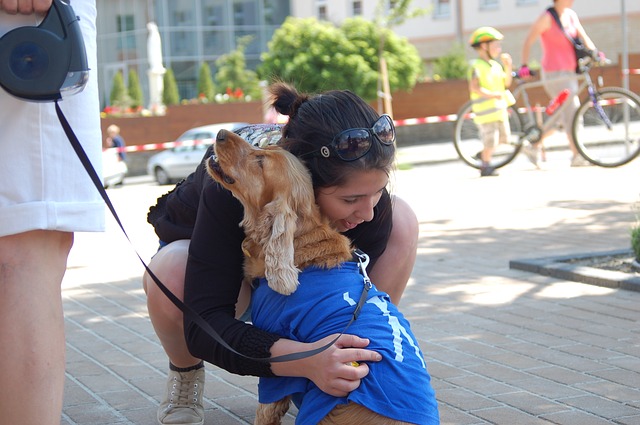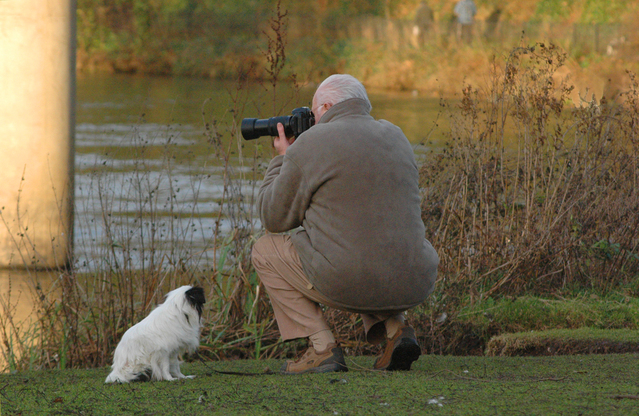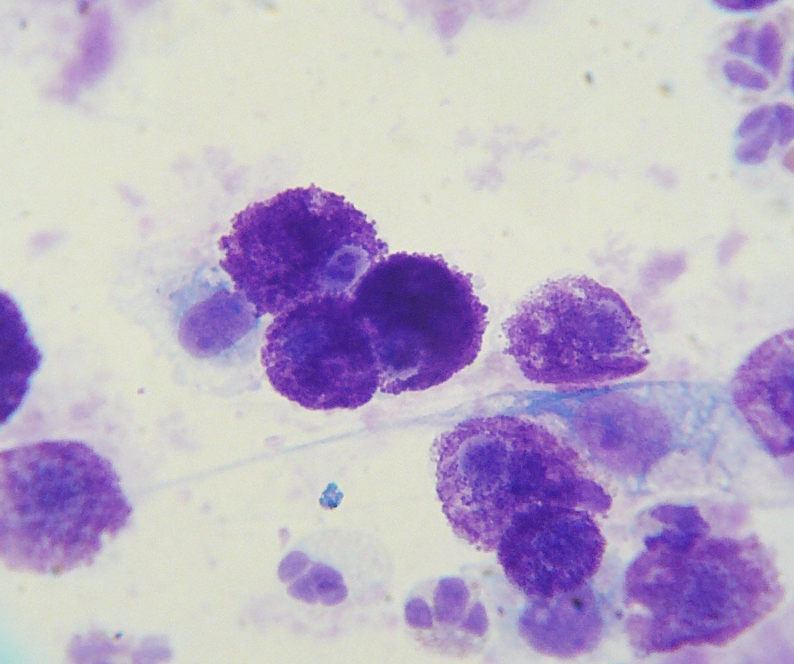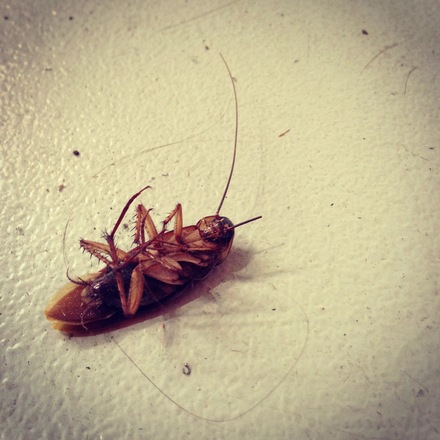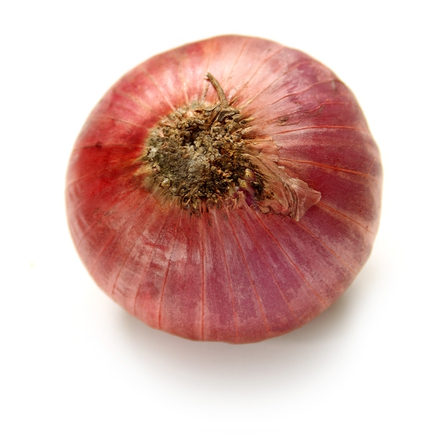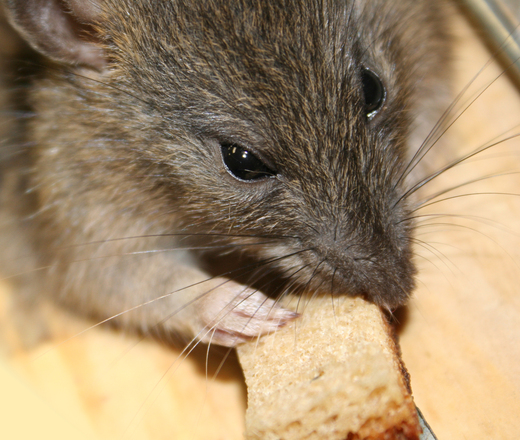Top 10 Poisons Affecting Dogs and Cats
As reported by Dr. Justine Lee (Animal Safety, Blog, Pet Health) and the ASPCA Animal Poison Control Center
Some of the most common pet poisons may surprise you! Here's a quick list of the top ten culprits of 2015 according to the ASPCA's Animal Poison Control Center (APCC). You can find more information on all of these, as well as over 275 additional toxins, by visiting the APCC website at
www.aspca.org/apcc.
1. Over-the-counter medications
For the first time ever, over-the-counter medication topped the APCC list with more than 28,500 cases! That's nearly 16% of all APCC calls. There are over 7,000 different products in this category, including many herbal and other natural supplements.
2. Human prescription medications
Previously the number one pet poison, prescription human medications fell to the second spot on the list last year. Not surprisingly, the prescriptions that were most commonly ingested by pets correlates strongly with the most popular medications prescribed to humans.
3. Insecticides
Insect poisons accounted for nearly 9 percent of the calls to APCC (more than 15,000 cases) and come in at 3rd on the list. Although generally these products have relatively low toxicity to pets when used correctly, they can be very dangerous if label directions are not carefully followed.
4. Human foods
There are a number of seemingly harmless human foods that can be quite toxic to pets. Some of the biggest culprits include onions, garlic, grapes, raisins, alcohol, and xylitol, a sugar substitute that can be life-threatening for animals. Since dogs tend to ingest human foods much more
often than cats, they are often the most commonly afflicted with human food toxicity.
5. Household items
Products found around the home made up more than 14,000 APCC cases in 2015. The most common items for this category include cleaning products, fire logs, and paint.
6. Veterinary medications
Overdoses of veterinary medications - especially the chewable kind, which taste especially good - made up nearly 7 percent of all APCC cases in 2015.
7. Chocolate
Chocolate continues be very dangerous for pets, averaging over 30 cases a day according to calls made to the APCC. The darker the chocolate, the more dangerous it can be, especially for smaller dogs and cats.
8. Plants
Indoor and outdoor plants represented nearly 5 percent of the calls to the APCC in 2015. Most of these calls involve cats and houseplants, such as lilies or philodendron. Be sure to understand the toxicity of plants before putting them in or around your house.
9. Rodenticides
Rodent poisons can be just as toxic to pets as they are to the mice and rats these products are designed to kill. Last year, the APCC handled more than 8,100 cases involving rodenticides.
10. Lawn and garden products.
These products, which include herbicides and fungicides, round out the top ten with about 3 percent of all APCC calls. It’s incredibly important to store lawn and garden products out of the reach of pets.
If you think your pet may have ingested something toxic, call your veterinarian or the ASPCA 24-hr poison control hotline (1-888-426-4435) right away.


